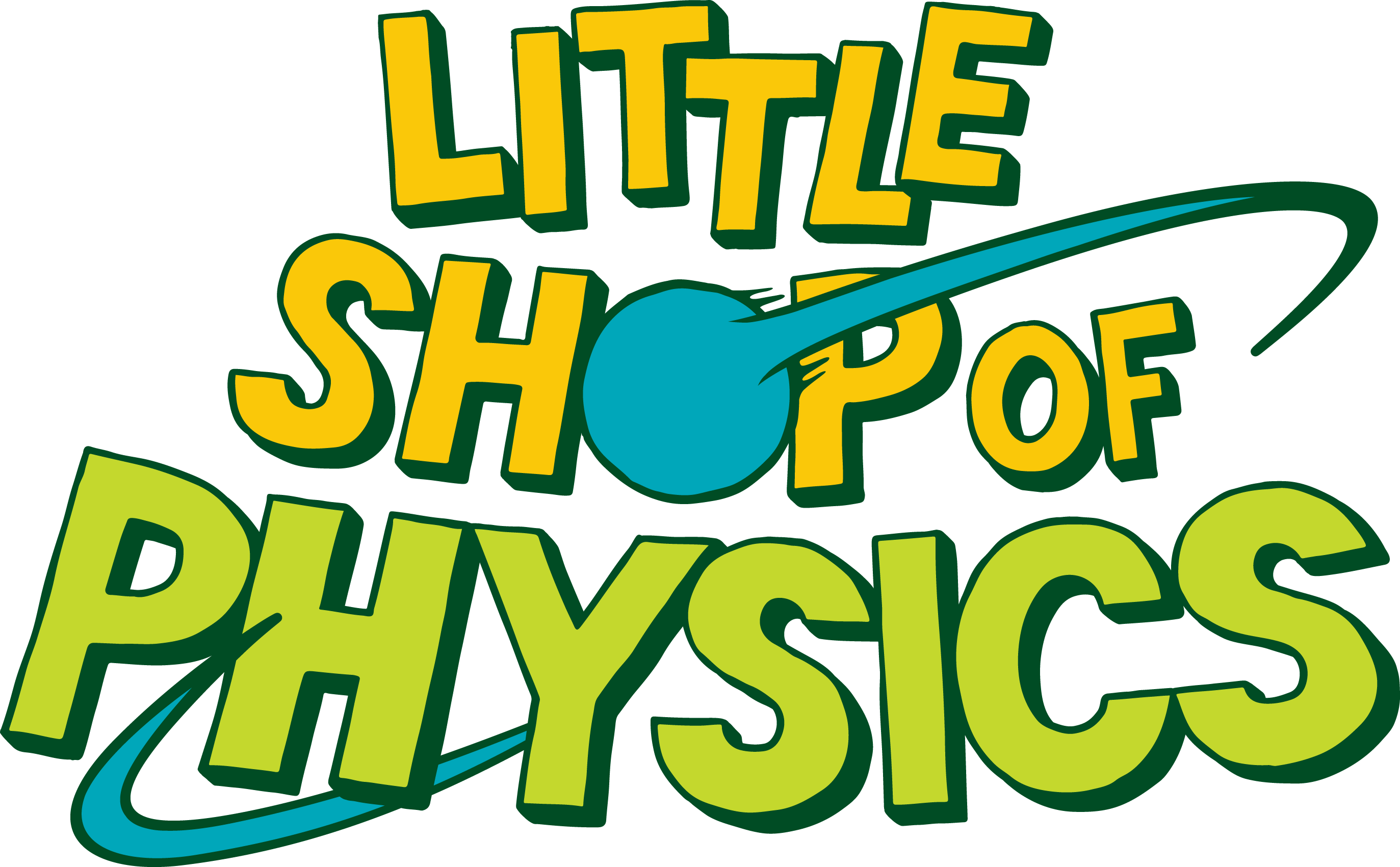The Partnership
In addition, we created a series of videos with the guidance of CenturyLink engineers after a series over very enlightening discussions.
The Science
The basic idea was to show the science behind the technologies that CenturyLink uses to get data—phone, internet, entertainment—to your home and to businesses around the region.
How does data get to your house? And why does a faster speed mean a better experience?
Video #1: Light Pipe
Part I: How Does Data Get To You?
For years, most data was carried as electrical signals on copper wire. But this is limited; CenturyLink is pushing the limits of copper wire technology, but the wires can only go so far, can only carry data so fast, and they are susceptible to noise and other problems that compromise the data.
These days, data is carried by light. And the light travels in fibers.
- In this video, we start by showing how light from a laser pointer travels down a clear plastic rod. The light, once inside the rod, simply bounces back and forth from side to side; it doesn’t escape. Any light that goes in at one end of the rod goes out the other.
The glass fibers that carry data from place to place are much thinner than this rod. And they can be bent, like a wire—as long as the bend isn’t too sharp, light stays inside, bouncing from side to side.
Part II: How Does Light Carry Data?
Light can be switched on and off many times per second—and this modulation of the light can carry a signal.
- In the second part of this video, we hook up a flashlight to the output of a radio. Rather than put the signal from the radio into a sound wave—which you can hear—we put the signal onto a light wave. The light wave is modulated, getting brighter and dimmer. When the light hits a solar cell, it turns the light signal back in to an electrical signal: bright light means more current, dim light means less current. This signal runs a speaker; you can hear the music from the radio, transmitted by light.
But if you shine the light from the flashlight onto the solar cell from a distance, the signal is too weak. The solution? Use a light pipe!
- In the final part of the video, the modulated light from the radio travels down the clear plastic rod to the solar cell. The light doesn’t spread out, so the signal stays strong.
The servers that are sending you this video are doing exactly the same thing: They are modulating a beam of light that travels through a fiber. That’s how the video is getting to you right now!
Video #2: Pixels and Data
How does more data means better pictures?
The first step in transferring or storing data is to break it up into a series of data points—to digitize it.. For this video, we’ve shown how this works for an image. We have an image at the bottom of a pan with ink completely covering it. Next, we put in glass marbles. Each marble rests on the image and magnifies the point where it touches. The marble is a pixel, a data point representing the color at one point.
- In the video, we use smaller and smaller marbles. Smaller marbles mean more marbles in the pan, which means more pixels. The more pixels, the better the representation of the image. More pixels, more data, means a clearer image.
More data also means crisper video and better sounding music. Basically, the more data, the better!
Video #3: Bandwidth
How does a faster speed translate into a better experience?
More data means a better picture—and better video, better sounding music. In this video, we use the marbles and images from the previous video (Pixels and Data) and build up the image one marble at a time.
- In the first part of this video, we build up different images one marble (one pixel) at a time. More pixels means more time!
But there’s another way. Suppose you could transmit the data faster—this is what higher speeds means, more pixels, more data points, per second.
- In the second part of this video, we build up different images one marble (one pixel) at a time, and we show how higher speed marble delivery means you can build up a good image in a short time.
In the end, higher speed means a better image—and, for the CenturyLink customer, a better experience!
We’ve got ideas—and plans—for more videos, but we also want to hear from you. What questions do you have that we could answer?



